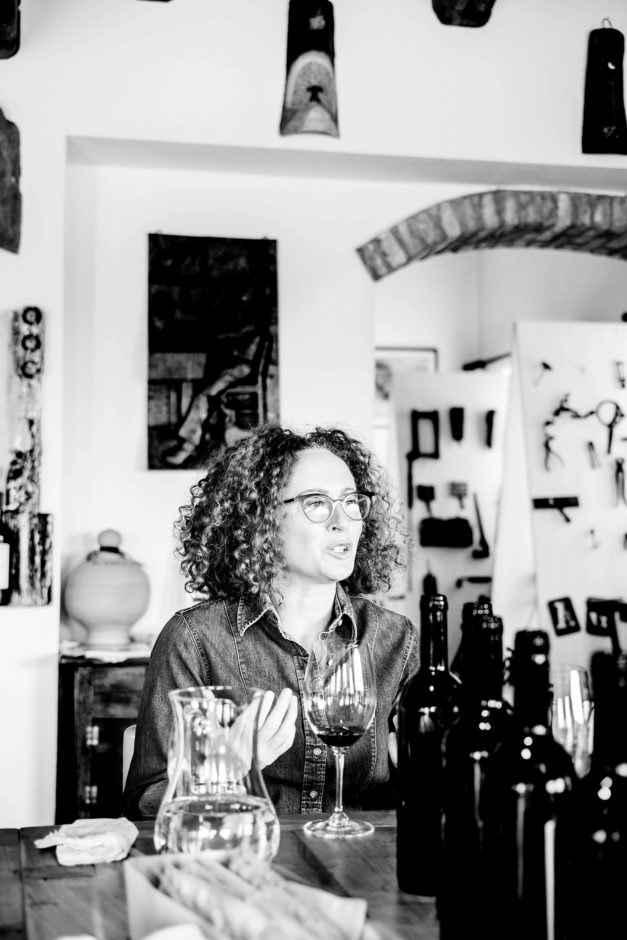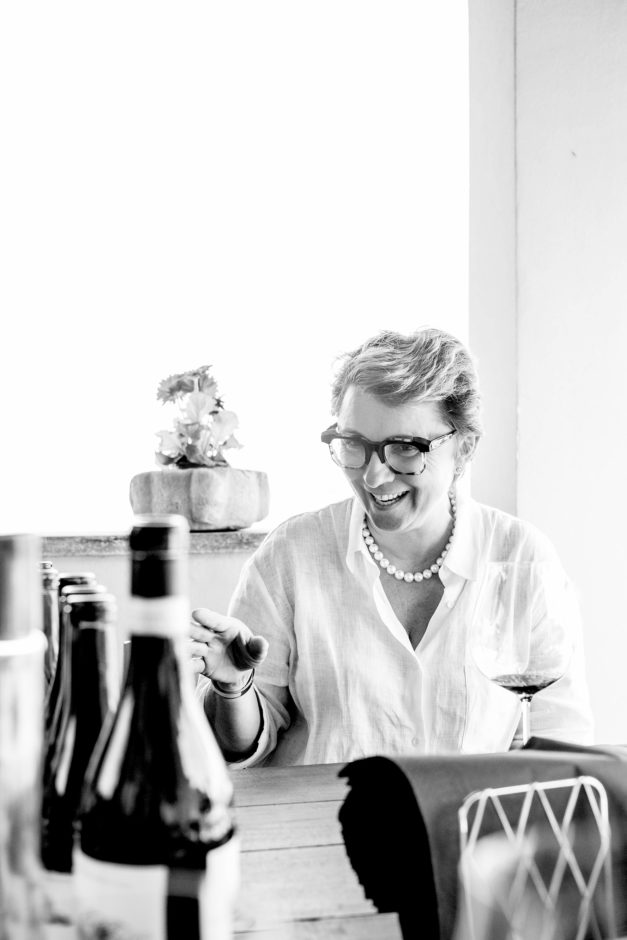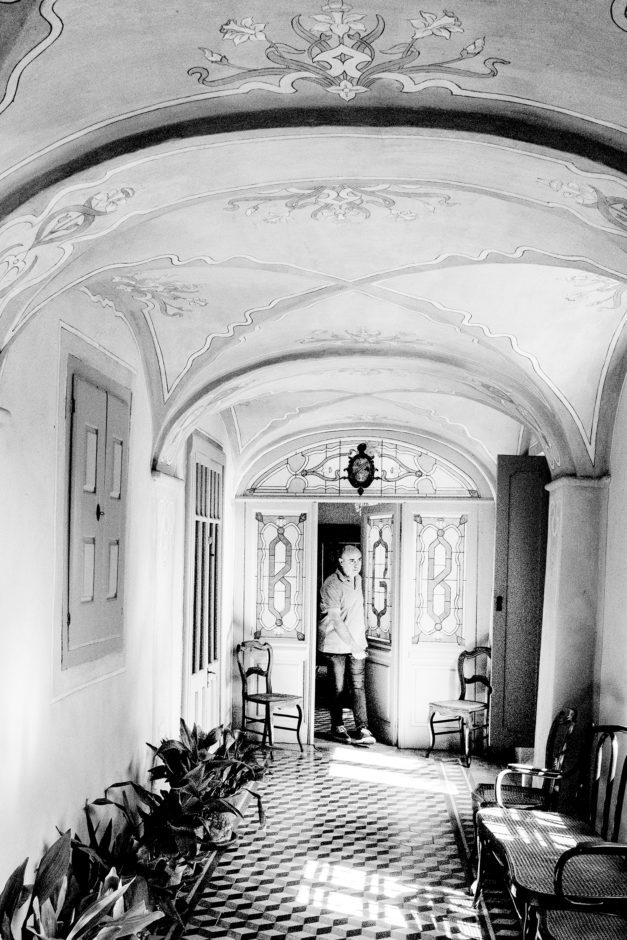13th Jul 2022
In Barolo and Barbaresco, 2017, 2018, and 2019 represent three strikingly different vintages. It is almost as if nature was playing a game of spin the bottle—coming up with extremely different weather conditions for each year.
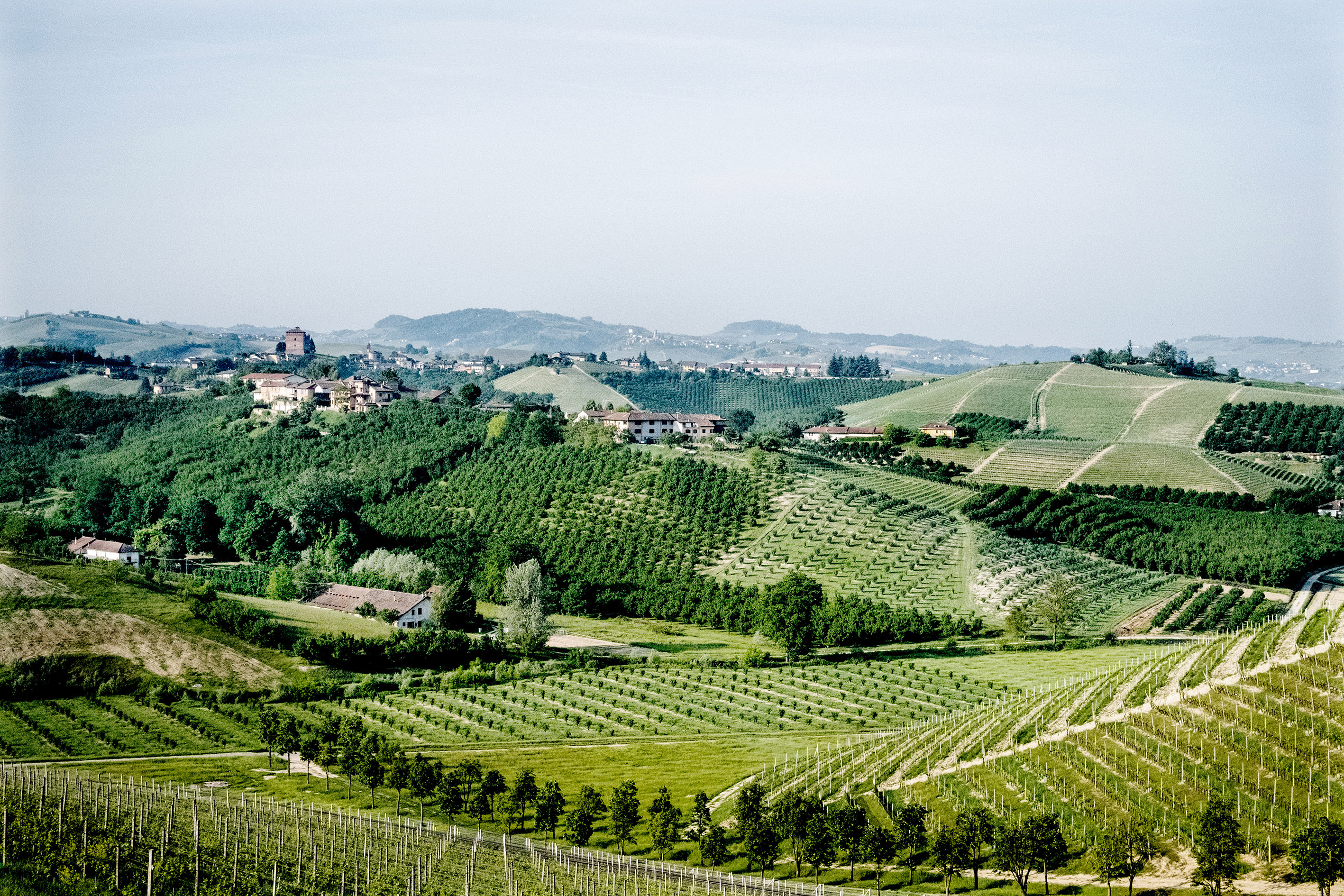
Spin the Bottle
In 2017, there was a spring frost in April and some hail in places later in the year, which reduced yields, but the year was most notable as a hot, very dry vintage. Indeed, 2017 was one of the driest vintages on record, with only 280 millimeters (7.9 inches) of rain between March and October compared with an average of 600 millimeters (23.6 inches) over the same period in a typical year. But the effect of the heat has perhaps been overstated. Although daytime temperatures were higher than average, the saving grace of the 2017s was the much cooler nights and early mornings in September, where temperatures sometimes differed by as much as 15o Celsius (59o Fahrenheit).
- Aldo Vacca, Director of Produttori del Barbaresco"Nebbiolo loves it when you have chilly nights and warm days in September, which allow the grapes to increase aromatic complexity and maintain a good acidity."
And yet, for me, a number of the 2017s do have some dryness and grittiness to the tannins on the finish, and these tannins are less well-integrated into the body of the wine. Some producers with a special terroir, or a cooler site at a higher altitude, such as Vajra’s Bricco Delle Viole at 400 to 480 meters (1312 to 1575 feet) above sea level, achieved harmonious and well-integrated tannins. Isidoro Vajra of G.D. Vajra describes the gap between bud break and ripening: “In 2017, the average was 185 days as opposed to the benchmark of 170 days for a hot vintage. Tannins took the most advantage: they are sweet, ripe, and noble. It’s a vintage we thoroughly love.”
And, of course, the dryness of the tannins was in many cases further mitigated by the skill of the winemaker. When tasting Domenico Clerico’s Barolo Ginestra 2017, I remarked to Oscar Arrivabene, their winemaker and general manager, on how well integrated the tannins were. He revealed they had used a gentle cushion of subtle oak, which helped offset any dryness on the finish. But these wines are more the exception than the rule; many of the 2017s have a little tell-tale dryness. That, for me, is a signature of the 2017 vintage. Overall, the 2017s have more flesh, weight, and roundness in the middle than the 2018s, with aromas and flavors of ripe black, rather than red, fruit. The colors are deeper and bluer in tone than the 2018s, and often, tasting the wines side-by-side, the 2017s look younger than the 2018s. But the density and character of the tannins mean that most 2017s will need a little longer, maybe 2-3 years, than the 2018s to be approachable.
September 2018 was, however, very warm and lacked the differences in temperature from day to night that was so important in 2017. Many wine critics have focused on the wet spring, but this was not the main quality challenge. Roberto Conterno of Giacomo Conterno told me, “The 2018s are beautiful wines, enjoyable. Until the end of August 2018, I thought it would be the vintage of the decade, but September lacked the thermic excursion between day and night to make great wines; Nebbiolo likes cooler weather conditions, so the rain earlier in the year is not a problem at all. The important things we need towards the end of the growing season are beautiful weather conditions, together with the thermic excursion, in order to have an optimal ripening of the grapes.”
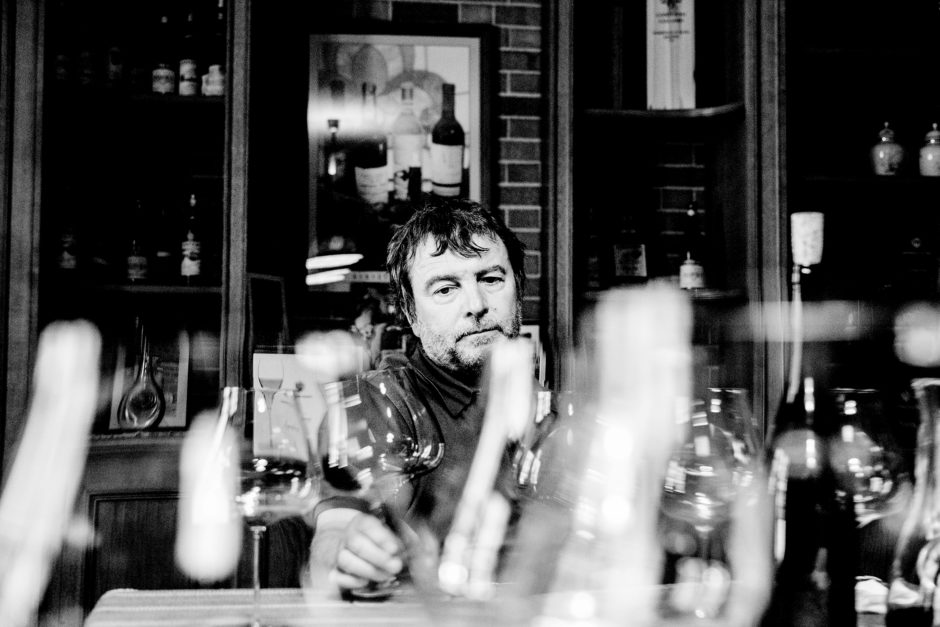
Aldo Vacca agrees: “The issue with the 2018 vintage in Barbaresco was excessive heat in September or, better said, not enough night/day temperature excursion. At the end, the crop was very healthy, with high sugar levels, but lacking complexity and intensity. Therefore, the decision was made not to bottle the single-vineyard wines, but to produce just one blend, which ended up being a more balanced wine.” Produttori Del Barbaresco declassified all nine of their single vineyard wines, making a single, blended classic Barbaresco in 2018. This had a major financial impact, with Vacca estimating the cost of declassifying at about 1.5 million euros but explaining: “It is worth doing it to maintain the reputation.”
Other major producers, such as Massolino and Gaja, also declassified. This means that some classic Barolo and Barbaresco wines are extremely good value.
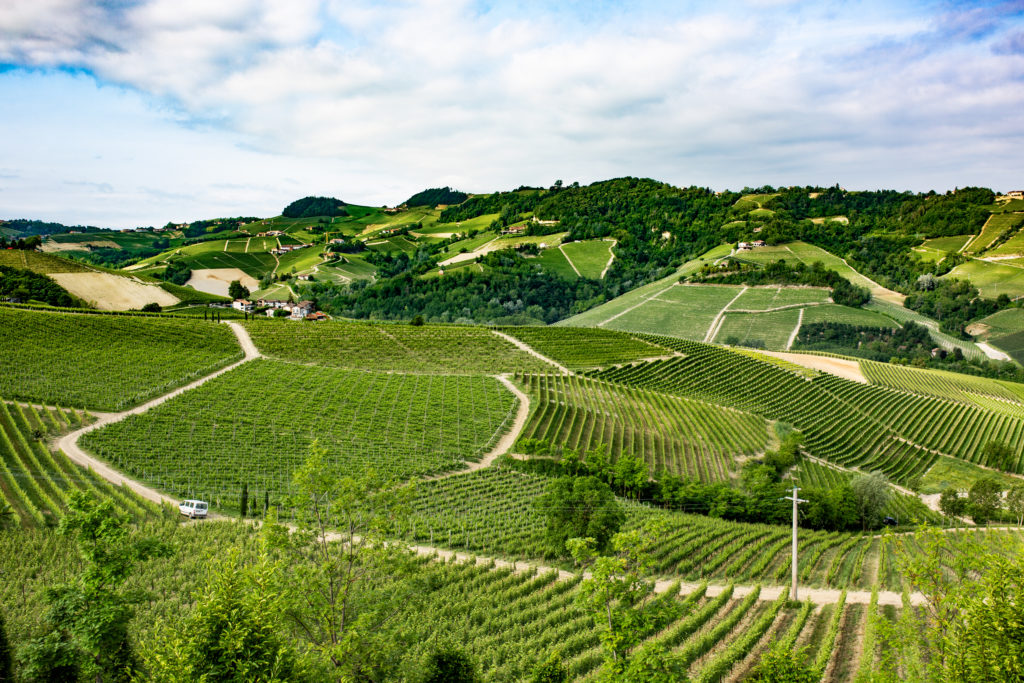
From my tasting of the 2018s, it is a vintage that particularly demonstrates the importance of vineyard location and soil. For example, many of the wines from Cannubi, a warm site with sandy soil, scored well in my tastings of 2018. However, the hand of the winemaker, as always, is paramount.
The best of the 2018s I tasted, from both Barolo and Barbaresco, are approachable and harmonious and have a refreshing acidity and beautifully integrated tannins.
They have a brightness and vivacity, which is very attractive now. Many times, I found myself writing the word “juicy” or “lively.” A few lack some concentration in the middle of the palate, and some have greener flavors or semi-ripe fruit, but many have managed to avoid this, and the best are vibrant, vivid, aromatic wines for early and mid-term drinking but which have a spine of acidity, which means they could last for 15-20 years. These are wines that can be enjoyed now while keeping the 2017s a little longer.
When it comes to the 2019 vintage, it is a different story yet again. These are serious wines with plenty of tannins that need some time to show their best. It is too early to make an assessment of the 2019 Barolos as they are not on the market yet, but the Barbarescos I have tasted look very exciting. Dante Scaglione, one of the leading figures of Barbaresco and who made the legendary wines at Bruno Giacosa for so many years, believes 2019 was a “classic” vintage: “The summer was hot but not for too long (like vintages of the past), the autumns were cool and sunny, and the harvests were, on average, late. The Barbaresco and Barolo wines of this vintage mainly express freshness, fragrance, flavor, and are endowed with good length and a tannic texture that will refine over time.”
"Overall, 2019 is a ‘classic’ vintage, of excellent quality."
-Franco Massolino
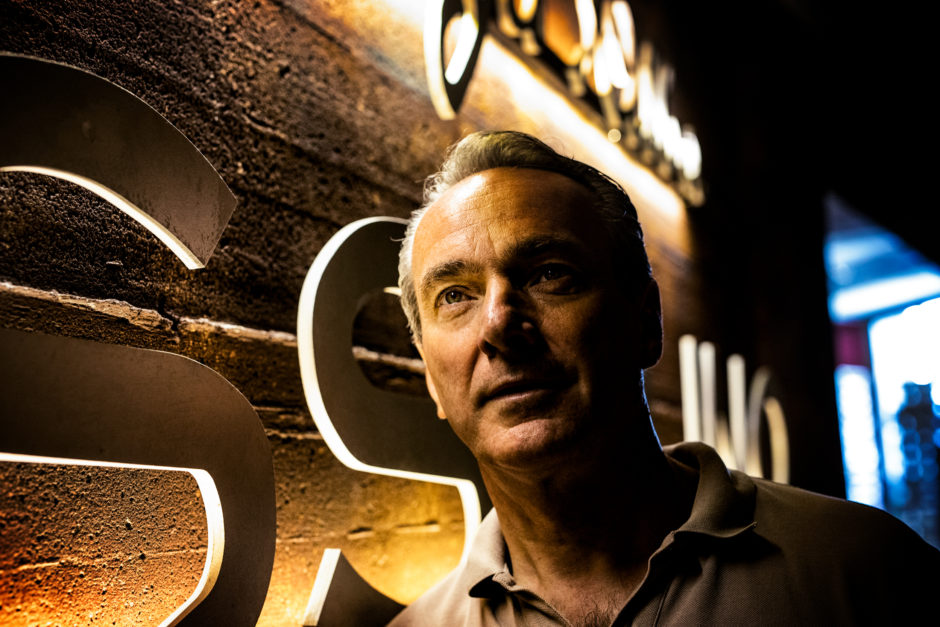
Franco Massolino, who produced an excellent first vintage of Barbaresco in 2019, concurs, “Overall, 2019 is a ‘classic’ vintage, of excellent quality, not very high acidity, slightly lower alcohol content, and excellent body. High aging potential, nice tannins, but which still need some time to reach their ideal balance.”
Giuseppe Vajra, commenting on his not-yet-released Barolos, says, “2019 was marked by an early bud break, late flowering, and slow and progressive ripening. These elements turned the vintage into one of the longest and latest of the decade. Low yields since flowering, slow ripening, late harvest, excellent phenolic maturity, and a great acidity spine: it all reminds me of 2013. We foresee the potential for a truly remarkable vintage.”
When tasting the 2019 Barbarescos, I noticed that my scores are higher on average than for 2017 and 2018. For the eighty 2019 Barbarescos I tasted, I gave an average score of 91. What is very attractive in the 2019s is the poise and brightness of the aromas and flavors. These are firmly structured wines with a very pure and pristine quality of fruit. They have plenty of firm tannins, but the tannins are polished and refined. They need more time to open and show their real potential, but they look like wines capable of long aging.
All of this makes for a happy buying situation: buy the 2018s to drink now, the 2017s to keep 2-3 years, and the 2019s to keep for longer-term aging or to drink sooner as is your preference.
Since the 2011 vintage, which was a hot vintage producing fruity, friendly wines, I have been going to Piedmont to taste the new release Barolos and Barbarescos. During this period, I have noticed huge improvements in the quality of the tannins and the producers’ ability to manage them. For the most part, the traditional hard, tannic Barolos, which needed 10 to 15 years to begin to come around, have changed. This is partly the effect of climate change, where long, fine autumns mean that producers no longer have to struggle to ripen the grapes. Other effects have been lower acidity, higher pH, and higher alcohols, but in general, climate change has had, so far, a positive influence on Nebbiolo in Piemonte in “widening the drinkability windows of these wines” (Aldo Vacca). However, producers have had to adapt their practices to some extent. Matteo Molino of Mauro Molino explains: “…this quick evolution has increased the awareness between producers of the fact that they have to work more carefully in the vineyards. It’s been fundamental in the last ten years to spend more time intervening in the vineyards, with the intention to keep the bunches protected from the sun, limiting the removal of leaves and sprouts.” The rows between the vines are grassed “in order to maintain the temperature of the soil and of the root system as low as possible. In this way, we manage to have wines with softer tannins and with a more complex aromatic profile.”
Another important factor is, according to Aldo Vacca, “the clonal selection that was done by the University of Torino in the ’80s and ’90s, which has been providing more quality-oriented clones for the vineyard owners to use”.
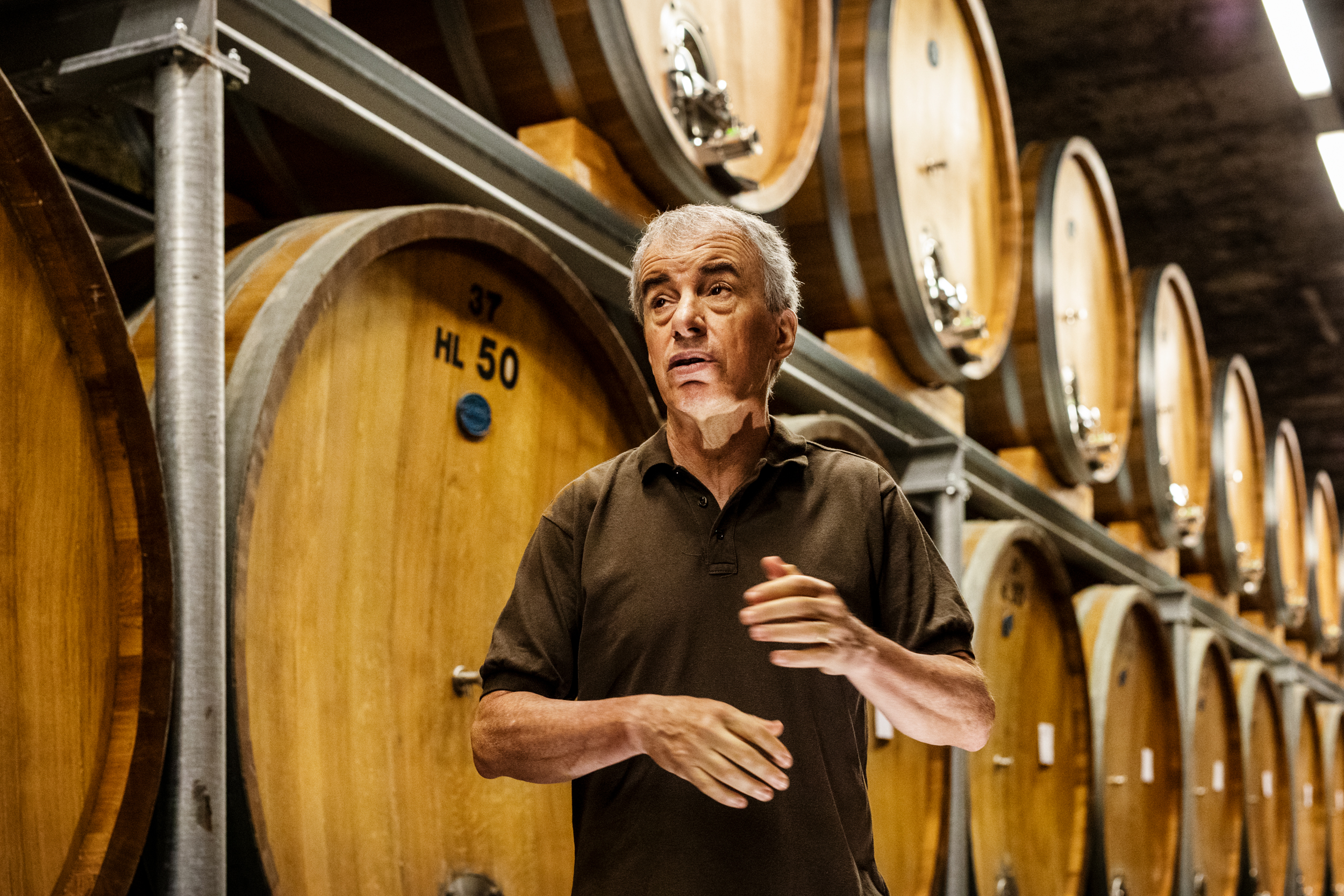
In the winery, there has been a quiet revolution in style.
There is less emphasis on extraction, power, and heavily oaked wines than there once was and more emphasis on subtlety and refined tannins. Techniques such as submerged cap, which extracts tannins in a gentle teabag-like infusion, are favored in preference to more traditional but less discriminating extraction techniques such as pumping over.
Producers are opting more for elegance and a Burgundy-like quality to the tannins. Nowhere did this seem more evident to me than in May 2022 when I tasted the 2017 Barolo Ciabot Mentin Ginestra at Domenico Clerico. Domenico Clerico was a much-loved and important figure in Barolo, well-known for making robust, powerful Barolos. I remember tasting his best Barolo 2011s in 2014 and finding them impressive but rather overpowering. Tasting the 2017 this year, things have moved in a different but very positive direction. The tannins have a beautiful Burgundy-like finesse and refinement to them. Oscar Arrivabene told me this was a direction that Domenico himself was already beginning to move towards: “In the past, for most winemakers, the best wine in the world was Mouton Rothschild, but now for most young winemakers, it is Domaine de la Romanée-Conti.”
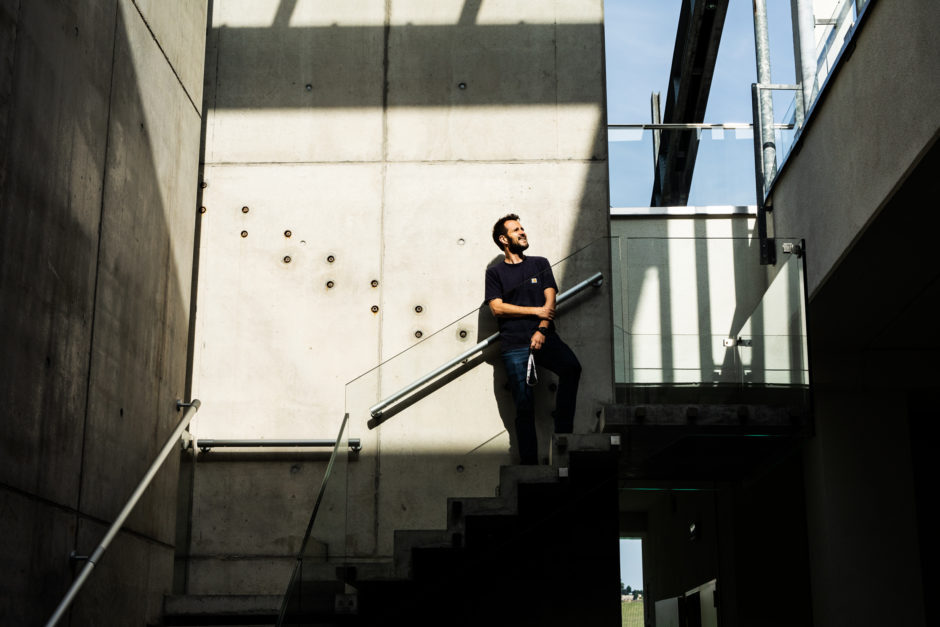
This view reflects the sea change that has been going on in recent years, especially, but not only among young producers. The results are exciting and extremely positive. The wines being made are approachable when young, but the best vintages will age really well. The knowledge and understanding of viticulture and winemaking have advanced greatly in just the last ten years, and the combined effect of this and warmer autumns are now being seen in the wines.
In my view, recent vintages of Barolo and Barbaresco represent a golden age for these wines.
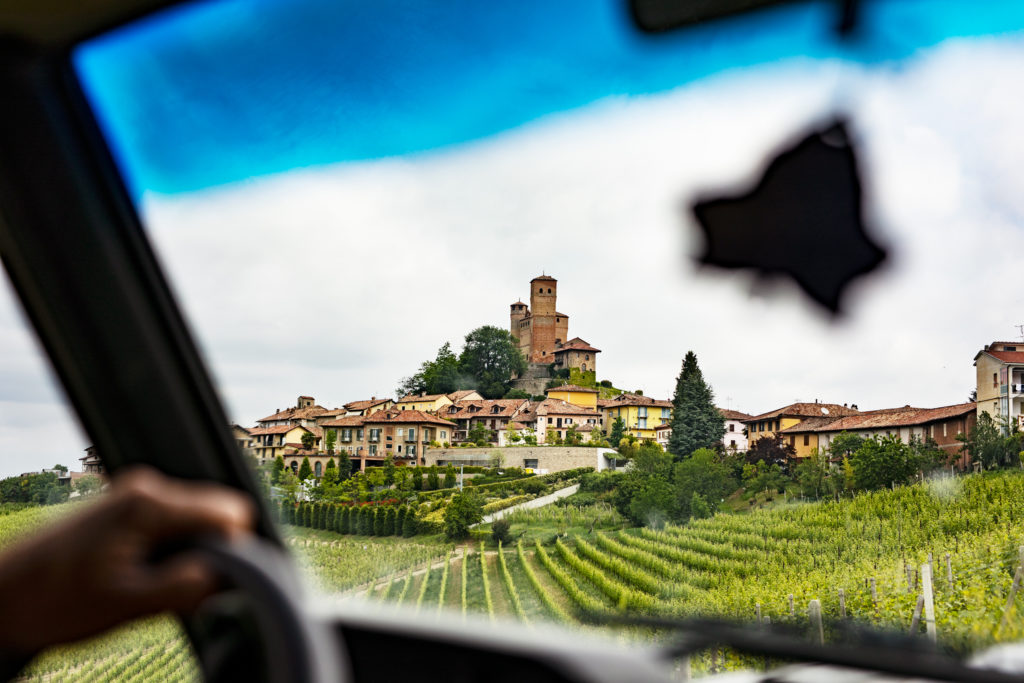
Jean-Bernard Delmas, the great winemaker who oversaw the wines at Château Haut-Brion for decades, once told me that a wine “...must be balanced and in perfect harmony when it is young, not only when it matures.” The best of the new release Barolo and Barbaresco wines are brilliant expressions of this view.
-
Article & Reviews by Susan Hulme MW
Photographs by Johan Berglund & Svante Örnberg
More notes will be added in the coming weeks

PRODUCERS IN THIS ARTICLE
> Show all wines sorted by scoreMore articles

Bordeaux 2023 Vintage Report and Reviews from Barrel
09th May 2024
649 tasting notes

Cathiard Vineyard New Releases
02nd May 2024
3 tasting notes
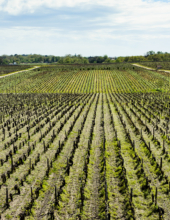
Bordeaux 2023 Preliminary Vintage Report and Reviews from Barrel
29th Apr 2024
56 tasting notes
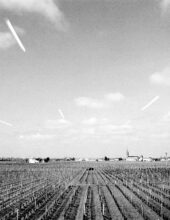
2021 Bordeaux in Bottle and A Modest Proposal
24th Apr 2024
599 tasting notes
Show all articles
